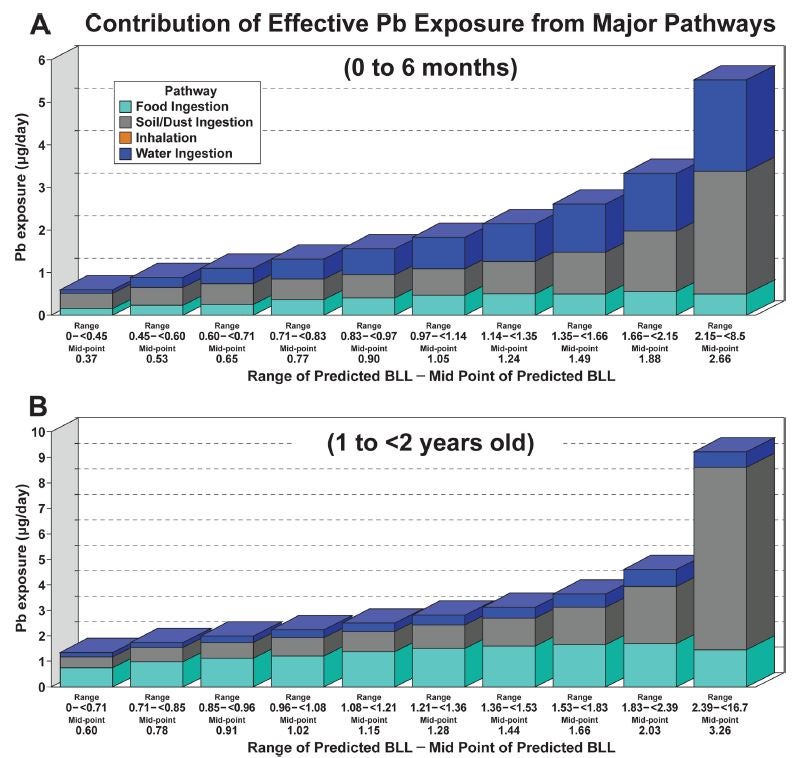By Sean Wright
Environmental Defense Fund Q&A with Tim Goodman, Hermes Investment Management

Tim Goodman, Director of Engagement at Hermes Investment Management
When burned, natural gas produces half the carbon as coal, so it is often touted as a “bridge” fuel to a cleaner energy future. But the carbon advantage of natural gas may be lost if too much of it escapes across its value chain.
Natural gas is mostly methane, which, unburned, is a highly potent greenhouse gas accounting for roughly a quarter of today’s global warming. Worldwide, oil and gas companies leak and vent an estimated $30 billion of methane each year into the atmosphere.
EDF’s Sean Wright sat down with Tim Goodman, Director of Engagement at London-based Hermes Investment Management. Goodman, who views methane management as practical self-help for the industry to pursue, engages with oil and gas companies on strategies to manage their methane emissions. This is the first of a two-part conversation with Hermes, a global investment firm, whose stewardship service Hermes EOS, advises $330.4 billion in assets.
Wright: Do you think the oil and gas industry is changing its overall attitude towards climate after the historic Paris agreement and recent successful shareholder resolutions? If so, how do you see that change manifesting itself?
Goodman: I think climate change is obviously an existential question for the industry. The really big question is can it actually change in response to Paris? The industry is beginning to respond as a result of Paris and shareholder proposals and other stakeholder pressure. You’re seeing some of the majors increasing their gas exposure at the expense of oil. You’re seeing a number of international oil companies reducing or ending their exposure to particularly high carbon or high risk assets, such as the Canadian oil sands or the Arctic. The oil and gas industry is also starting to place a greater focus on methane management and its own emissions.
Wright: What about investors – what do you think is driving the continued momentum around methane and climate as we see larger and more mainstream funds tackling these issues?
Goodman: Let’s talk about climate for the moment – the roles of both investors and companies in the run up to the Paris agreement and during the negotiations were crucial. The investors made it absolutely clear that they wanted to see a successful Paris agreement. Addressing climate change is good for business and good for their portfolios. And we saw this with the Exxon vote – the two-degree scenario proposal where mainstream asset managers voted for this proposal. We believe that this happened because of the underlying pressure asset managers were getting from their own clients who have a long-term perspective and see climate change as a risk to their funds.
Specifically on methane, it’s practical self-help for the industry to embark on methane management. It’s an obvious practical measure for investors to engage upon. If you can reduce your contribution to greenhouse gases, save money, and gain revenue by being more efficient and safe, why wouldn’t you do that? It’s an easy entree into engaging with the oil and gas industry. Whereas the existential question, what’s your business going to look like 20 years from now, is a more difficult question perhaps both for the industry and the companies themselves.
Wright: You pretty much just explained why Hermes prioritized methane – is that correct?
Goodman: Yes. But the science is a big part of it. Methane is a far more potent greenhouse gas than carbon – the more that we can minimize its effects, the greater the window the world has to transition to a low carbon economy. Methane’s effects don’t last as long as carbon, but if we don’t tackle methane, we aren’t taking meaningful action to move to a low-carbon economy.
Wright: What do you see as the risks of unmanaged methane emissions?
Goodman: There is an economic risk and benefit for companies. Most of the measures to manage methane are relatively low-cost and can very easily be implemented for new projects. If you’re not doing them, for example, and you’re fracking shale, you’re at a competitive disadvantage to your peers. The cost-benefits perhaps are more difficult, but still there, in existing infrastructure. But particularly among the oil majors, their relationship with their host governments, local communities, and other stakeholders is vital. It’s important for companies to demonstrate good corporate citizenship. If you’re a laggard on methane, you’re more likely to be considered as an irresponsible partner both commercially and also in your local community. So I think oil and gas companies risk massive reputational and legal risks if they’re not managing methane effectively, notwithstanding the economic benefits.
Ignoring methane problem puts oil & gas companies “at a competitive disadvantage.” See more…
Click To Tweet
Wright: What do you typically hear from operators in your conversations about methane management? Do you hear different things from operators in different parts of the world?
Goodman: Methane management is part of a number of important issues that we’re engaging with the industry on, including other pollution, health and safety, human rights, corruption and climate change. What we’re hearing on methane does vary. It’s fair to say in some emerging markets methane management is not often discussed by investors with those companies. But when we do address this topic in these markets, the companies show interest and want to know why it’s important to us, what they should be doing, how they should be disclosing, etc. So we’re often having positive and interesting conversations in these markets.
In the developed markets, there’s a difference. And I think there’s a distinction between Europe and North America. The EU companies, particularly the majors, are realizing it’s an important issue and are talking about it and disclosing at least some data. In private dialogue with North American companies, it is clear methane is often an important issue for them, but their disclosure is less convincing. It does vary around the world, but you also have this interesting phenomenon, where some companies seem to be doing a good job in private dialogue, but the disclosure lags behind what they are actually doing. We also see companies attempting to present their efforts in a better light than perhaps they deserve. It’s a complex mixture, which is why engagement is so important because we are able to view the reality on the ground through private dialogue.
For more information on EDF’s investor resources on methane mitigation, please see our recent report, An Investor’s Guide to Methane, or subscribe to our newsletter.

Read more




 Over the past few years, Chicago has established itself as a leader in energy-efficient buildings.
Over the past few years, Chicago has established itself as a leader in energy-efficient buildings.